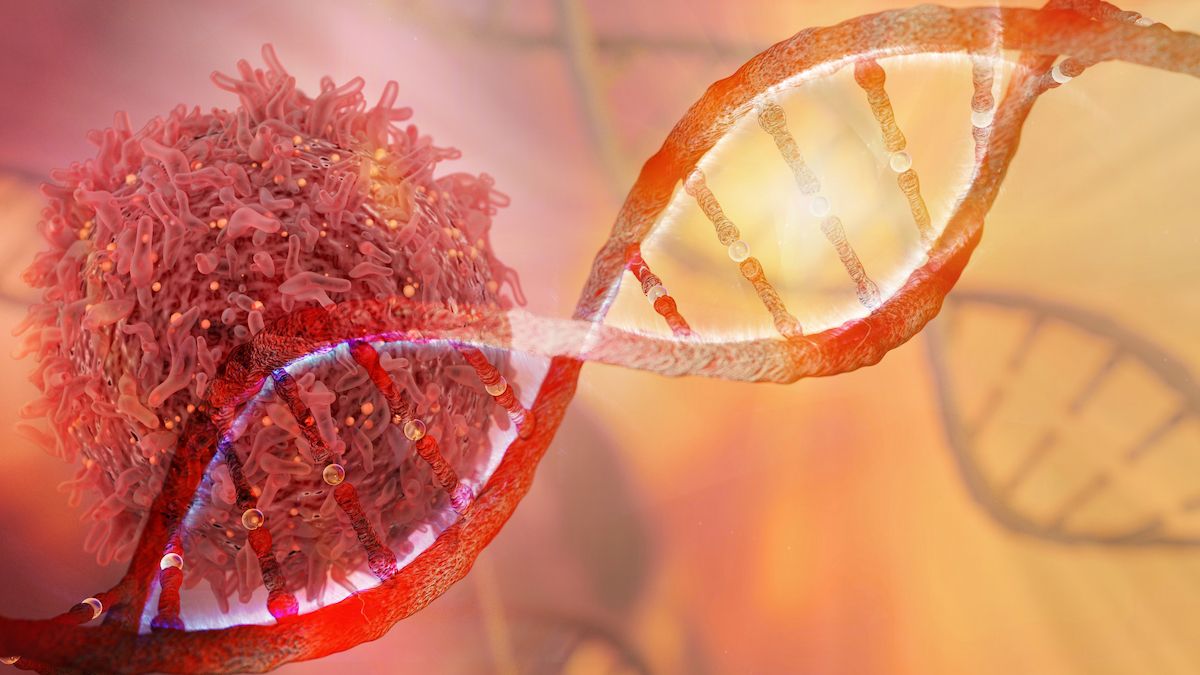Intensive Treatment May Pose Fertility Risks in Childhood Cancer Survivors
Findings from a cross-sectional study support monitoring puberal development to estimate probabilities of future fertility among male childhood cancer survivors.
"This cross‐sectional study of childhood cancer survivors suggests that treatment with intensive therapies, including HSCT and testicular radiation dose [of higher than 6 Gy], and signs of testicular dysfunction during pubertal follow‐up are risk factors for lower rates for paternity," according to the study authors.

Intensive therapies such as hematopoietic stem cell transplantation (HSCT) and high-dose testicular radiation doses during puberty may be risk factors for decreased paternity among survivors of childhood cancer, according to findings from a cross-sectional study published in Cancer.
Investigators reported that childhood cancer survivors who received more intensive treatment modalities were shorter and had smaller testicular volume as adults compared with those who received less intensive therapies. Additionally, those who received more intensive treatment had higher pubertal or post-pubertal follicle stimulating hormone (FSH) and luteinizing hormone (LH) serum levels, lower serum levels of inhibin B, and showed signs of testicular dysfunction more frequently. Undergoing HSCT and testicular radiation at a dose of higher than 6 Gy correlated with a lower probability of paternity but did not reduce the likelihood of getting married.
Overall, 97.8% of childhood cancer survivors in the study moved away from their parents’ home, compared with 98.5% of population controls (P = .45). Additionally, 46.4% and 57.5%, respectively, reported that they had been married or lived in a registered relationship (P <.001), and the probability of divorce in each group was 27.4% and 23.8% (P = .41). Investigators reported that 38.5% of survivors and 59.1% of population controls were able to father a child (P <.001), and that the likelihood of adopting in each respective group was 2% and 0.4% (P = .015).
Factors including an adult testicular volume of lower than 12 mL, a need for testosterone substitution, increased FSH and LH serum levels, decreased levels of serum inhibin B, short adult height, and signs of testicular dysfunction correlated with a lower likelihood of fathering a child. Investigators noted a 79% sensitivity and 75% specificity rate for identifying childhood cancer survivors who were able father children. Additionally, there was a poor association between adult height, and paternity and marriage.
“This cross‐sectional study of childhood cancer survivors suggests that treatment with intensive therapies, including HSCT and testicular radiation dose [of higher than 6 Gy], and signs of testicular dysfunction during pubertal follow‐up are risk factors for lower rates for paternity,” the study authors wrote. “This study emphasizes the value of monitoring of pubertal development and testicular function to estimate future probability of paternity among male [childhood cancer survivors]. If no signs of dysfunction occurred during pubertal follow‐up, paternity was comparable to population controls.”
Investigators of this cross-sectional study evaluated outcomes in 252 male patients diagnosed with childhood cancer from 1964 to 2000 at the Children’s Hospital in Helsinki, Finland. Five population controls were matched for each patient based on sex, age, and area of residence as selected from the Finnish Digital and Population Data Services Agency.
Investigators compared data on moving away from parental homes, marital status, offspring, and adoption between childhood cancer survivors and the matched population controls. The study also included an analysis of how treatment with chemotherapy and radiation amid puberty influenced testicular dysfunction, the need for testosterone replacement therapy, or testicular volume in the long term.
Survivors had a mean age of 6.2 years at the time of cancer diagnosis and 37.6 years at the end of follow-up. Additionally, patients received a median cumulative cyclophosphamide equivalent dose of 9900 mg/m2 (interquartile range, 4100-16,500), a median cumulative doxorubicin isotoxic dose of 240 mg/m2 (IQR, 120-350), and a median cumulative testicular radiation dose of 2.9 Gy (IQR, 0.13-12). Most patients were diagnosed with hematological malignancies (69.0%) and solid tumors (31.0%).
Among 59 childhood cancer survivors with available sperm samples and those without, respectively, the median age was 40.7 years vs 36.5 years (P = .005), and 11.9% vs 23.4% underwent HSCT (P = .066). Additionally, 27.6% of patients with azoospermia and 63.3% without were able to father a child in the subgroup of those with available sperm samples.
Reference
Korhonen M, Tainio J, Koskela M, Madanat-Harjuoja L, Jahnukainen K. Therapeutic exposures and pubertal testicular dysfunction are associated with adulthood milestones and paternity after childhood cancer. Cancer. Published online August 8, 2023. doi:10.1002/cncr.34971
How Supportive Care Methods Can Improve Oncology Outcomes
Experts discussed supportive care and why it should be integrated into standard oncology care.